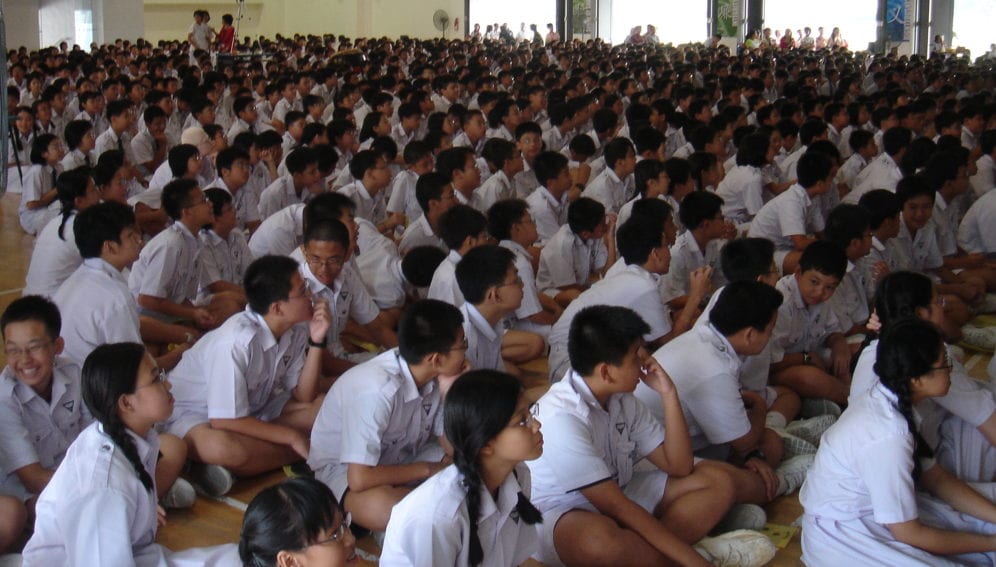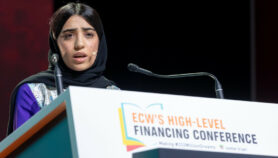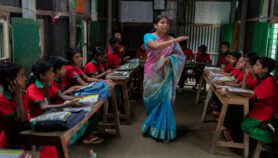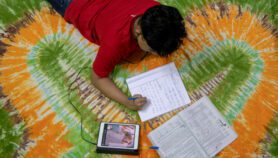By: Natalie Heng
Send to a friend
The details you provide on this page will not be used to send unsolicited email, and will not be sold to a 3rd party. See privacy policy.
[KUALA LUMPUR] Stereotypes and self-concepts about how good one is at math can directly impact academic achievement, a new study shows.
The study, published in the October 2015 issue of the journal Learning and Instruction, also adds fresh insight about stereotypes that boys have a better affinity for math than girls.
Scientists from the University of Washington in the United States teamed up with the National Institute of Education in Singapore to examine math gender stereotypes, math self-concepts and math scores in 300 elementary school children in Singapore.
A child implicit association test was used to examine subconscious beliefs while self-reported tasks were used to uncover conscious stereotypes on whether math was “for girls” or “for boys”.
At the end of the school year, the students took a standardised math test, with both sexes achieving similar scorecards. But when math-gender stereotype and math self-concept were factored in, the children’s implicit beliefs affected math scores.
“Our results extend previous findings by showing not only that stereotypes are related to how children think of themselves as math learners (math self-concept), but this in turn relates to how well they do in an actual math test,” says lead author Dario Cvencek, a research scientist at the University of Washington’s Institute for Learning and Brain Sciences (I-LABS).
“Perhaps by reinforcing the early math identity of girls, more of them will take these challenging courses and segue into majoring in math-intensive fields in college.”
By Stephen Ceci of Cornell University
Previous studies by the team found the stereotype that “math is for boys” to be prevalent in Singapore where both girls and boys excel in the subject. A related study showed that the stronger this particular stereotype was in boys, the more they identified with being good at math whereas the reverse was true for girls.
Cvencek says it could be useful for teachers and parents to know whether a young child identifies positively or negatively with math.
Next, the team will investigate to what degree strengthening one’s “math self-concept” could actually improve math scores and how interventions such as short lessons, writing exercises and computerised sorting games, combined with math motivation and future career interest in math, can strengthen math self-concept during elementary school.
They also plan to look deeper into where children’s stereotypes come from.
Cvencek thinks there are multiple sources from which children acquire societal stereotypes, such as parents, teachers, peers and media.
Stephen Ceci, a developmental psychology professor at Cornell University, tells SciDev.Net this new work moves us closer to establishing a causal relationship between unconsciously-held attitudes and math achievement.
Generally, there are no sex differences in math performance until high school. Even then, it only appears in a fraction of students who take the most challenging math-intensive courses where the disproportion between males and females becomes pronounced.
"They get high grades in math but are less likely to take the most challenging math courses that lead to majoring in math-based fields in college,” Ceci notes.
“Perhaps by reinforcing the early math identity of girls, more of them will take these challenging courses and segue into majoring in math-intensive fields in college.”
>Link to abstract in Learning and Instruction
This article has been produced by SciDev.Net's South-East Asia & Pacific desk.
References
Learning and Instruction doi: 10.1016/j.learninstruc.2015.04.002 (2015)














